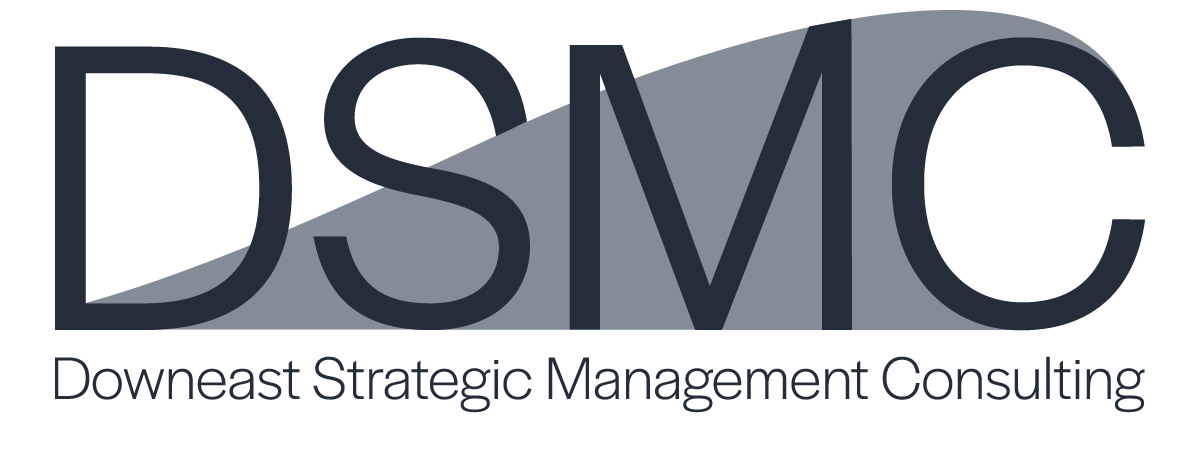Theories of Motivation
Here is Maslow’s Hierarchy of needs.
It starts from the bottom with Basic Needs, then moves up to Psychological Needs and at the peak is Self-Fulfillment.
While there are many people who have poked holes in this theory, it is a good rudimentary way to think about job fit. There are some societal pressures that may impact the ranking and some believe that self actualization can occur much lower on the hierarchy, an example being Alderfer’s ERG theory but this is a newsletter/ blog post, not a PhD dissertation. I would be happy to discuss my thoughts on this with anyone who is interested. It is however, a useful heuristic and can be a help in thinking about how to “satisfy” an employee’s needs versus helping them become a great asset to the organization.
Each employee will have a different threshold for every level of this pyramid and part of selecting the right person for a role, as well as keeping them motivated to perform in that role, is getting an understanding of their personality. This can best come from a personal connection made face to face and may not really apply to the online work environment as closely. In customer facing work, there is no substitute for a working interview.
If you run a restaurant, a retail shop or a contracting company, tell your prospect to come ready to work and plan to compensate them for it. After they sign a waiver, send them to tail another top employee, or yourself, and get to work. See how they do. Can they rise to the situation, even if they are not skilled in the task, and are they interested and willing to jump in? If that seems like an extreme idea, imagine hiring them, onboarding them and then finding out they are a bad personality fit within the organization… which is a bigger investment for the business owner?
Remember that as a small business owner the standards you set for your organization about basic needs will be the limiting factor in your hiring process. The more you fulfill those basic needs, salary and benefits being chief drivers of that, the larger your candidate pool will be. The better you as a leader are able to fulfill the other needs, the more likely you are to retain your team. At each level in the organization these needs will vary. Each function within the organization will have a different optimal personality but the potential leaders will stand out in any area.
As either a small business owner or a team leader, you need to see the potential in people and then to nurture it. The best way to grow yourself out of a job is to find someone better at it than you. This will allow you to grow yourself as an owner or team lead.
This leads to the next topic, devolving responsibility and authority. Please forward this along to anyone you think might benefit from these concepts. I look forward to supporting you any way I can. Drop me a note on LinkedIn, at my email address stratton@downeaststratmc.com or forward my intro blog to a friend. It provides tips and explores management principles.
